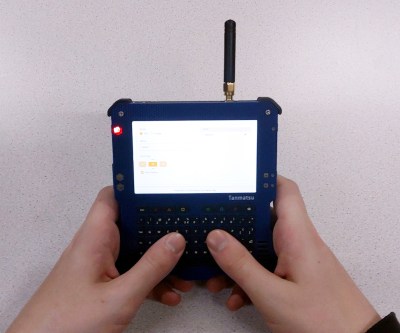[David] sent us a tip about a company in Belgium, Citronics, that is looking to turn old cellphones into single-board computers for embedded Linux applications. We think it’s a great idea, and have long lamented how many pocket supercomputers simply get tossed in the recycling stream, when they could be put to use in hacker projects. So far, it looks like Citronics only has a prototyping breakout board for the Fairphone 2, but it’s a promising idea.
One of the things that’s stopping us from re-using old phones, of course, is the lack of easy access to the peripherals. On the average phone, you’ve got one USB port and that’s it. The Citronics dev kit provides all sorts of connectivity: 4x USB 2.0, 1x Ethernet 10/100M, and a Raspberry Pi Header (UART, SPI, I2C, GPIO). At the same time, for better or worse, they’ve done away with the screen and its touch interface, and the camera too, but they seem to be keeping all of the RF capabilities.
The whole thing runs Linux, which means that this won’t work with every phone out there, but projects like PostmarketOS and others will certainly broaden the range of usable devices. And stripping off the camera and screen has the secondary advantages of removing the parts that get most easily broken and have the least support from custom Linux distros.
We wish we had more details about the specifics of the break-out boards, but we like the idea. How long before we see an open-source implementation of something similar? There are so many cheap used and broken cellphones out there that it’s certainly a worthwhile project!



















